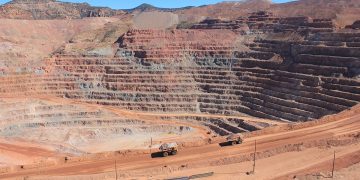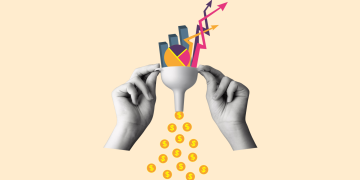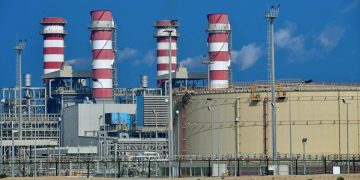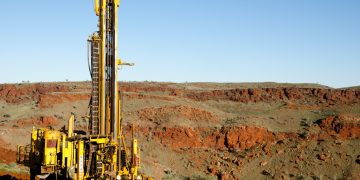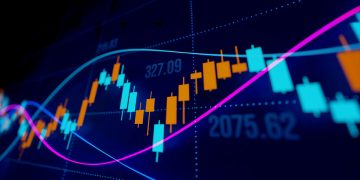In 2025, geopolitical risks in the Middle East have intensified, igniting fresh concerns among global investors about the potential for a regional market correction. A string of flashpoints involving Iran, Israel, and several Gulf states has added layers of uncertainty to a region already grappling with complex energy politics, rising military expenditures, and external power rivalries. As oil markets respond with sharp price moves and capital flows begin to shift, stock exchanges across the Gulf have shown growing sensitivity to geopolitical developments. For investors exposed to the region—either directly through equities or indirectly through commodities and currency-linked instruments—the rising risk premium is impossible to ignore.
Recent Tensions in Iran, Israel, and Gulf States
The Middle East’s security dynamics have entered a turbulent phase in 2025. Tensions between Iran and Israel have escalated following a series of cyberattacks, drone incidents, and military provocations near shared spheres of influence in Syria and the Red Sea. While full-scale conflict has been avoided so far, rhetoric from both sides has intensified, with each accusing the other of destabilization campaigns aimed at undermining regional balance.
In parallel, Iran’s nuclear program continues to advance despite Western sanctions, and its regional proxies—such as Hezbollah and groups in Iraq and Yemen—have stepped up activity. Israeli leadership has vowed to maintain a policy of deterrence, triggering fears of potential airstrikes or cross-border operations that could disrupt trade routes or energy infrastructure.
Gulf states such as Saudi Arabia, the UAE, and Qatar are caught in the crosswinds. While these countries have invested heavily in regional stability and economic diversification, they remain exposed to security spillovers. The Gulf Cooperation Council (GCC) is more united on paper than in practice, and differing approaches to Iran and regional security create internal friction. Meanwhile, tensions over maritime security in the Strait of Hormuz—a critical chokepoint for global oil supply—have resurfaced, further alarming markets.
Oil Price Responses and Capital Flight Patterns
Oil prices have served as an early warning indicator of geopolitical stress. In recent months, crude futures have seen sharp upward moves following incidents in the Strait of Hormuz and reports of Iranian naval deployments. Brent crude briefly surged above $100 per barrel before stabilizing in the high $90s, reflecting both physical supply concerns and the pricing in of geopolitical risk premiums.
However, the response has not been uniform. While higher oil prices benefit exporting nations in fiscal terms, the volatility also undermines investor confidence. Sovereign wealth funds and institutional investors in the region have had to rebalance portfolios more frequently, adding to market churn. Capital flight, particularly from riskier local assets into safer offshore vehicles or dollar-denominated assets, has picked up momentum. This trend is especially pronounced among international investors with exposure to Middle Eastern equities and fixed income.
Foreign direct investment (FDI) flows into the region have slowed compared to previous years, as multinational firms reassess risk exposure. In some cases, capital earmarked for infrastructure or tourism development projects has been delayed or redirected. This has added pressure to government spending plans already strained by military and security expenditures.
Market Reactions from Gulf Stock Exchanges
Stock exchanges in the Gulf—particularly in Saudi Arabia (Tadawul), the UAE (ADX and DFM), and Qatar—have exhibited increased volatility in response to the shifting geopolitical climate. While the initial reaction to oil price spikes is often positive for energy-heavy indices, sustained tensions tend to weigh on investor sentiment more broadly.
In Saudi Arabia, Tadawul’s performance has been erratic. The exchange saw a rally in energy and petrochemical stocks earlier in the year, but gains have been offset by sharp pullbacks in banking, real estate, and consumer sectors. International investors, once drawn to the Kingdom’s Vision 2030 reforms, are now more cautious, rebalancing exposures to reduce geopolitical sensitivity.
The UAE’s exchanges have similarly reflected a risk-off attitude. While Abu Dhabi’s ADX has benefited from the resilience of its sovereign funds and oil wealth, Dubai’s DFM has struggled under weaker tourism sentiment and a decline in foreign investor inflows. Qatar’s market, heavily concentrated in energy and financials, has moved in tandem with global natural gas trends but remains highly exposed to regional diplomatic friction.
These fluctuations are not merely short-term noise. Analysts warn that if regional security concerns persist or escalate into kinetic conflict, Gulf markets could suffer sustained outflows. This would have implications not only for domestic investors but also for global passive funds tracking MSCI EM and other emerging market indices where GCC countries are increasingly represented.
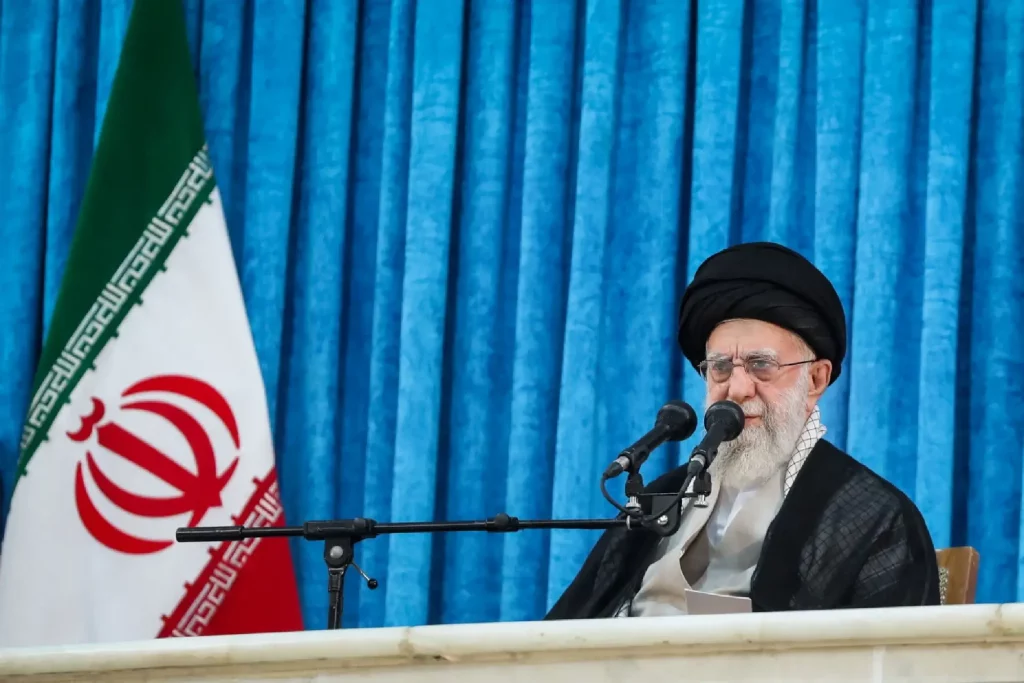
Defensive Allocations Amid Geopolitical Volatility
The growing unpredictability of Middle East geopolitics is pushing investors to reassess how they allocate capital to the region. Defensive strategies are gaining favor, with more attention being paid to liquidity, currency risk, and geopolitical downside protection. Traditional safe havens such as gold, the U.S. dollar, and short-duration U.S. Treasuries have seen renewed interest from asset managers looking to hedge against Middle Eastern instability.
Within the region, investors are pivoting toward lower-volatility sectors and companies with high cash reserves, limited debt exposure, and minimal cross-border dependencies. State-owned enterprises (SOEs) in energy and utilities are viewed as relatively safer, given implicit government backing and predictable cash flows. Real estate and consumer discretionary, by contrast, are being de-weighted due to their vulnerability to economic shocks and declining expat confidence.
Global fund managers with EM mandates are also reconsidering active management strategies for Middle East allocations. Passive exposure may no longer suffice given the need for quick tactical shifts in response to geopolitical events. Currency hedging strategies—particularly for the Saudi riyal and the Qatari riyal—are also gaining traction despite their nominal pegs to the dollar, due to fears of peg strain under extreme stress scenarios.
Insurance-linked securities, geopolitical risk swaps, and exposure to international defense stocks are also being explored as indirect hedges. Some investors are even incorporating geopolitical AI analytics into their portfolio models to detect early signals of potential flashpoints and reduce exposure accordingly.
Conclusion
The Middle East in 2025 is a region at the intersection of economic ambition and geopolitical instability. While nations across the Gulf have made impressive strides in diversifying their economies and modernizing financial systems, they remain highly susceptible to external shocks stemming from regional tensions. The current wave of geopolitical risk involving Iran, Israel, and the broader Gulf has already begun to distort oil markets, spark capital flight, and rattle stock exchanges.
For investors, the key lies in understanding the asymmetric risks posed by this environment. Higher oil prices may buoy fiscal positions, but they are not a panacea for broader volatility. Markets in the region are becoming increasingly reactive to news flow, and sentiment can turn sharply in response to real or perceived escalations.
Allocating to the Middle East in this environment requires a sophisticated approach that accounts for both the structural upside and the cyclical downside. Diversification, currency management, and active monitoring are no longer optional—they are essential. Whether or not the current tensions evolve into a larger correction, the pricing of geopolitical risk into Middle Eastern markets appears to be back with full force, demanding respect and careful strategy from global investors.

